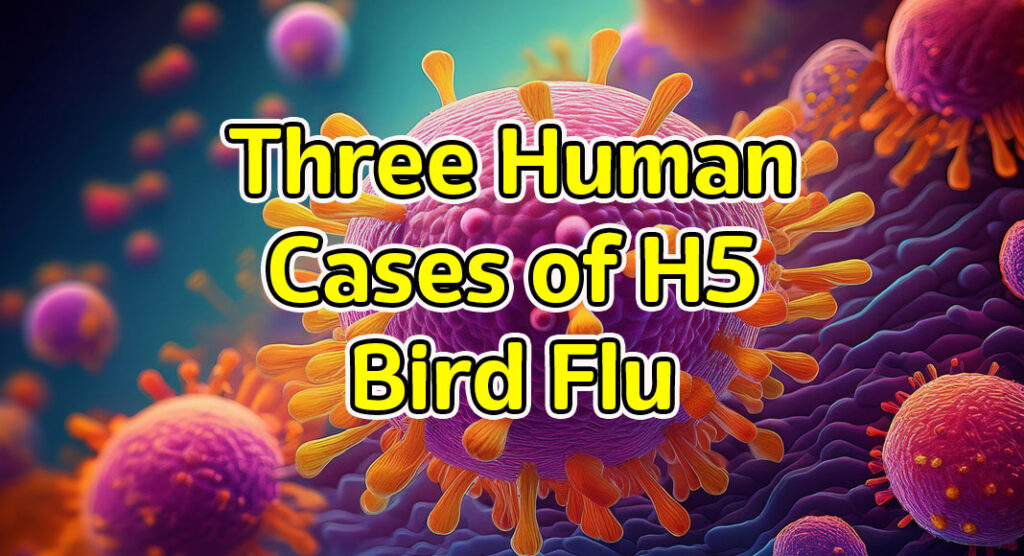
Texas Border Business
Three additional human cases of highly pathogenic avian influenza (HPAI) A(H5) (“H5 bird flu”) virus infection have been confirmed by the Centers for Disease Control and Prevention (CDC) in association with a second poultry farm in Northeast Colorado/Weld County.
July 25, 2024 – Three additional human cases of highly pathogenic avian influenza (HPAI) A(H5) (“H5 bird flu”) virus infection have been confirmed by the Centers for Disease Control and Prevention (CDC) in association with a second poultry farm in Northeast Colorado/Weld County. Colorado previously announced one of them as a presumptive positive case on Saturday, July 20. The three confirmed cases occurred in people who were working directly with infected poultry at a commercial egg layer operation that had reported an outbreak of H5 bird flu among poultry.
All three people have mild illness and have been offered the antiviral drug, oseltamivir, for treatment. State and local officials continue monitoring poultry workers on infected farms. This is a different farm in Colorado from the one where on Friday, July 19, CDC confirmed two additional human cases of H5 bird flu , which brought the total human cases associated with that first poultry farm to six. With the addition of these three new confirmed human cases, the total number of human cases associated with the current poultry outbreaks in Colorado is nine. A CDC multidisciplinary, bilingual field team is currently deployed to support Colorado’s response to ongoing poultry outbreaks of H5 bird flu in the state.
Confirmation of these three additional cases brings the total number of human cases of H5 bird flu reported in the United States since April 2024 to 13. Prior to 2024, the only previous human case of H5N1 bird flu in the United States was reported among a poultry worker in Colorado in April 2022. Counting that case, there have been 14 total human cases of H5 bird flu in the United States since 2022.
Based on available data, CDC’s current assessment is that the risk to the general public from H5N1 remains low. As we learn more, we will continue to assess the situation and provide updates. These preliminary results again underscore the risk of exposure to infected animals. There are no signs of unexpected increases in flu activity otherwise in Colorado, or in other states affected by H5 bird flu outbreaks in cows and poultry. Human infections with this novel influenza A virus (and others) are concerning because of the potential to cause severe, widespread disease. To date, we have not seen genetic changes in the virus that would make it more likely to transmit between humans, but we are closely monitoring it.
CDC’s recommendations related to H5 virus have not changed at this time. Findings from the investigation will inform whether guidance changes are needed. The investigation will include looking into compliance with the recommended use of personal protective equipment. Historically, most human cases of bird flu infection have happened in people who are not wearing recommended personal protective equipment. An analysis of the virus sequences from this outbreak also will be important to determine if a change in the risk assessment is warranted.
CDC Recommendations
• People should avoid unprotected exposures to sick or dead animals, including wild birds, poultry, other domesticated birds, and other wild or domesticated animals (including cows).
• People should also avoid unprotected exposures to animal feces (poop), bedding (litter), unpasteurized (“raw”) milk, or materials that have been touched by, or close to, birds or other animals with suspected or confirmed A(H5N1) virus.
• CDC has interim recommendations for prevention, monitoring, and public health investigations of A(H5N1) virus infections in people. CDC also has updated recommendations for worker protection and use of personal protective equipment (PPE)
- Following these recommendations is central to reducing a person’s risk and containing the overall public health risk.














